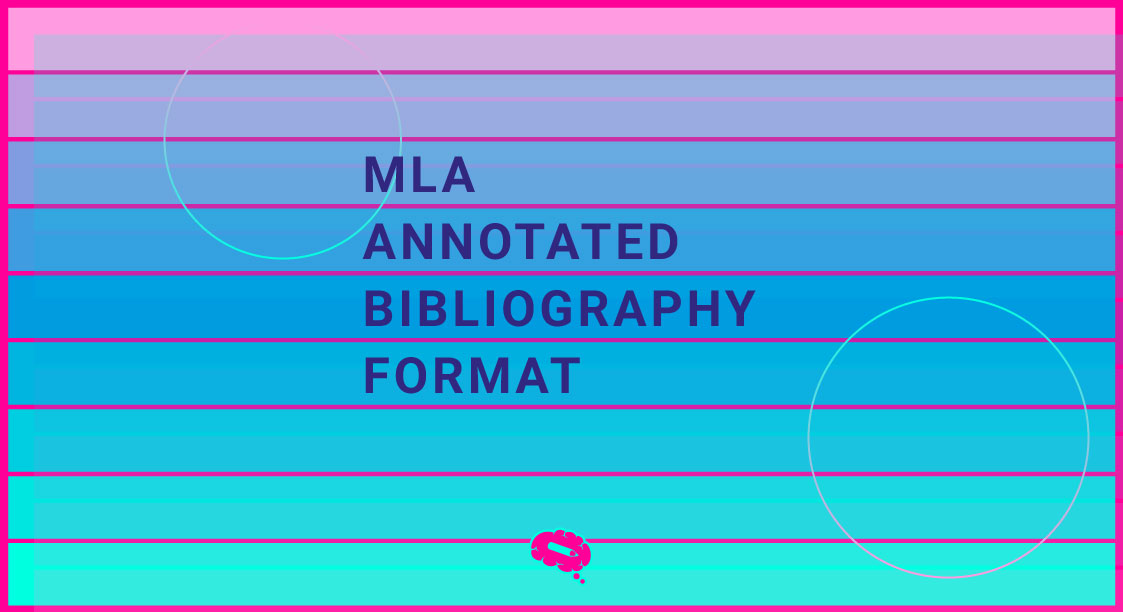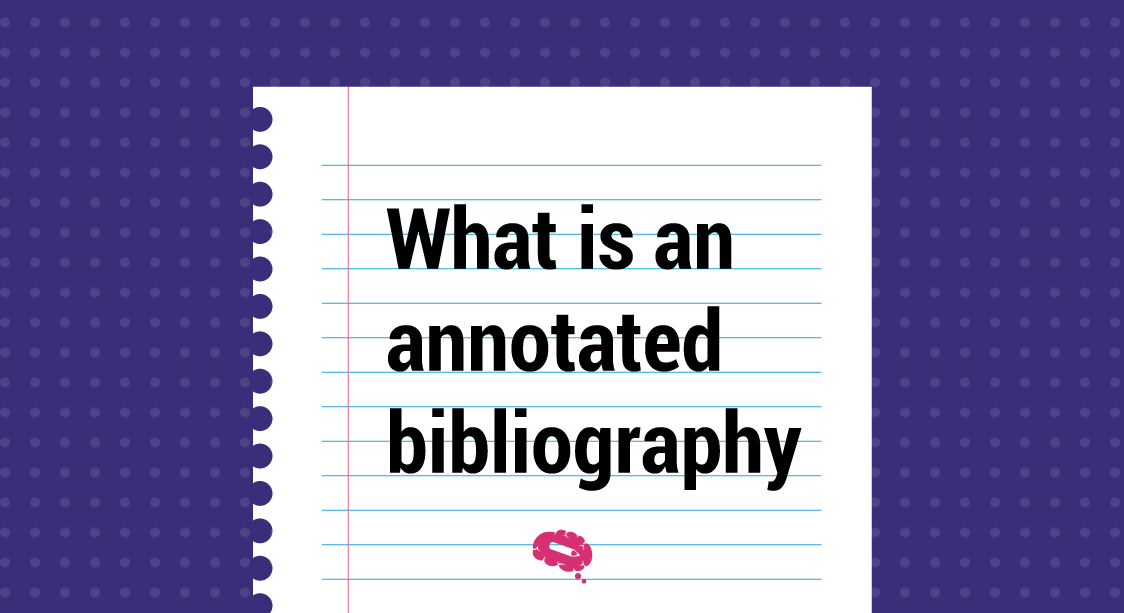Knowing MLA annotated bibliography format is essential for researchers, students, and scholars alike. It serves not only to catalog sources used in a project but also to provide concise summaries and evaluations that offer insights into the relevance and quality of each source. Adhering to specific MLA style guidelines ensures consistency and clarity in formatting. This guide will navigate through the essential elements of crafting an MLA annotated bibliography format, helping you effectively organize and present your research sources.
Understanding the Annotated Bibliography
An annotated bibliography is a structured list of sources used in research projects or academic papers, each accompanied by a brief descriptive and evaluative paragraph, known as the annotation. Unlike a standard bibliography that merely lists sources, an annotated bibliography provides a summary and critical assessment of each source’s content, relevance, and quality.
Definition and Purpose
An annotated bibliography is a detailed list of sources used in research or academia, each accompanied by a brief summary and evaluation of its content and relevance. Unlike a standard bibliography that simply lists references, an annotated bibliography provides additional information to the reader about each source’s significance and quality.
Primary Purposes
The primary purpose of an annotated bibliography is to provide readers with a comprehensive overview of the literature available on a particular topic. It serves several important functions:
- Informational: Annotations summarize the main arguments, methodologies, and findings of each source, allowing readers to quickly grasp the key points without reading the entire source.
- Evaluation: Annotations critically evaluate the credibility, reliability, and objectivity of each source. This helps researchers assess whether the source is suitable for their research needs.
- Contextualization: Annotations place each source within the broader scholarly conversation on the topic. They explain how the source contributes to understanding different perspectives or aspects of the research topic.
- Research Depth: By compiling and annotating a variety of sources, an annotated bibliography demonstrates the depth and breadth of research conducted on a topic. It highlights the diversity of sources consulted and the methodological approaches employed.
Components of an Annotation
- Summary of the Source: A concise overview of the source’s main arguments, methodology, and findings. It typically ranges from a few sentences to a short paragraph.
- Evaluation of the Source: A critical assessment of the source’s credibility, reliability of information, and objectivity. This section may also discuss the author’s authority and the publication’s reputation.
- Reflection on the Source’s Use: A reflection on how the source contributes to your research project. This includes discussing its relevance to your thesis or research question, as well as any biases or limitations.
MLA Formatting Overview
An annotated bibliography in MLA format not only lists the sources used for research but also includes annotations that summarize, evaluate, and reflect on each source. Here are the key formatting guidelines:
General Guidelines
- Font and Spacing Specifications: Use a legible font such as Times New Roman, 12-point size, and double-space the entire document, including annotations.
- Margins and Indentation Rules: Maintain one-inch margins on all sides of the page. Indent the second and subsequent lines of each citation by 0.5 inches (or one tab space).
- Order of Entries: Arrange citations alphabetically by the author’s last name. If there is no author, use the title of the work for alphabetization.
Citation Structure
- Author Details: Include the author’s full name (last name, first name) or the name of the organization responsible for the work.
- Title Conventions: Italicize book titles and titles of larger works (e.g., journals, websites). Use quotation marks for titles of shorter works (e.g., articles, chapters).
- Publication Information: Include the publisher’s name, publication date (year), and relevant page numbers (for articles or chapters).
Also read: A Writer’s Guide to MLA Format: How to Get It Right
Writing MLA Annotated Bibliography Format
Writing annotations in MLA style involves summarizing the content of each source, evaluating its credibility and relevance, and reflecting on its usefulness to your research. Here’s a detailed guide on how to write annotations in MLA style:
Summarizing the Source
- Key Points to Include: Summarize the main arguments, methodology, and conclusions of the source. Focus on the most relevant aspects to your research topic.
- Length of the Summary: Aim for 1-2 paragraphs summarizing the source’s content concisely. The length may vary depending on the complexity of the source.
Evaluating the Source
- Criteria for Assessing Credibility: Evaluate the author’s credentials, the accuracy of information presented, and the objectivity of the source.
- Discussing Relevance and Bias: Analyze how the source contributes to your understanding of the topic. Discuss any potential biases or limitations that may affect its reliability.
Reflecting on the Source
- Personal Engagement with the Material: Reflect on how the source has influenced your thinking or approach to the topic. Discuss any insights gained or challenges posed by the source.
- Usefulness in Your Research Context: Explain how the source contributes to your research goals, supports your thesis or arguments, or provides contrasting viewpoints.
Final Tips for Writing Annotations in MLA Style
Be Concise
- Stick to the word limit recommended for annotations (typically 100-200 words) and prioritize the most pertinent information about the source.
- Focus on summarizing the main arguments, methodologies, and findings without delving into unnecessary details.
Maintain Objectivity
- Provide a balanced evaluation of the source’s strengths and weaknesses. Avoid personal biases or opinions that are not supported by evidence.
- Critically assess the author’s credibility, the reliability of the information presented, and any potential biases in the source.
Link to Your Research
- Clearly articulate how each source contributes to your broader research objectives or thesis statement.
- Explain how the source supports your arguments, provides relevant data or theoretical frameworks, or offers contrasting viewpoints that enrich your analysis.
- Discuss any limitations or gaps in the source and how you plan to address them in your research.
Consider the Audience
- Tailor your annotations to the intended audience, ensuring that your summaries and evaluations are clear and accessible to readers who may not be familiar with the topic.
- Use language that is scholarly yet understandable, avoiding jargon or technical terms that may obscure the meaning for non-specialists.
Revise and Proofread
- After writing your annotations, revise them for clarity, coherence, and accuracy.
- Proofread carefully to correct any grammatical or typographical errors, as well as to ensure consistency in formatting according to MLA style guidelines.
Seek Feedback
- If possible, seek feedback from peers, instructors, or colleagues to get insights into the clarity and effectiveness of your annotations.
- Incorporate constructive feedback to strengthen your annotations and improve their overall quality.
Examples of MLA Annotated Bibliography Format
The examples below illustrate how to format and annotate sources in MLA style for an annotated bibliography. Each annotation provides a summary of the source’s content, an evaluation of its reliability and relevance, and a reflection on its contribution to the broader research topic. Adjustments can be made based on specific requirements or additional criteria for evaluation as needed.
Book Citation with Annotation
- Citation Example:
Smith, John. The Art of Writing. Oxford University Press, 2019.
- Annotation Example:
In this comprehensive guide to writing, Smith explores various techniques and strategies for improving writing skills. He emphasizes the importance of clarity and structure, making it an invaluable resource for aspiring writers. Smith’s practical examples and insightful advice help readers understand complex concepts in a straightforward manner. This book is particularly useful for students and professionals looking to enhance their writing proficiency across different genres and disciplines.
Journal Article Citation with Annotation
- Citation Example:
Brown, Sarah. “The Impact of Climate Change on Global Agriculture.” Environmental Studies Review, vol. 25, no. 2, 2020, pp. 45-60.
- Annotation Example:
Brown’s article examines the effects of climate change on global agriculture, highlighting challenges and potential solutions. Through a review of current literature and empirical data, Brown provides a nuanced perspective on this critical issue. The article discusses the impact of changing weather patterns on crop yields and explores adaptive strategies employed by agricultural communities worldwide. Brown’s research contributes significantly to the understanding of environmental sustainability and underscores the urgency of addressing climate-related threats to global food security.
Browse Through 75.000+ Scientifically Accurate Illustrations In 80+ Popular Fields
Mind the Graph is a platform that provides scientists with access to a vast library of over 75,000 scientifically accurate illustrations across 80+ fields. Researchers can create professional-quality visuals for their papers, presentations, and educational materials using customizable templates and designs. These visuals enhance research impact by simplifying complex information and improving audience comprehension. The platform also supports collaboration among researchers, making it easier to communicate complex scientific concepts effectively. Sign up for free and start creating amazing science figures in minutes.

Subscribe to our newsletter
Exclusive high quality content about effective visual
communication in science.





